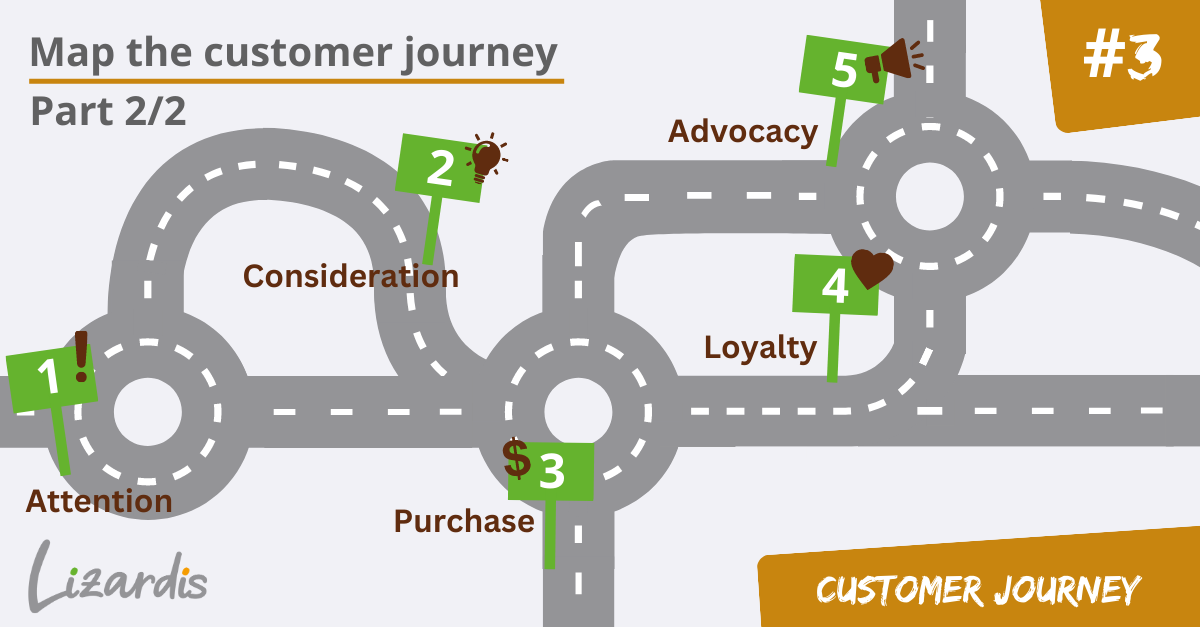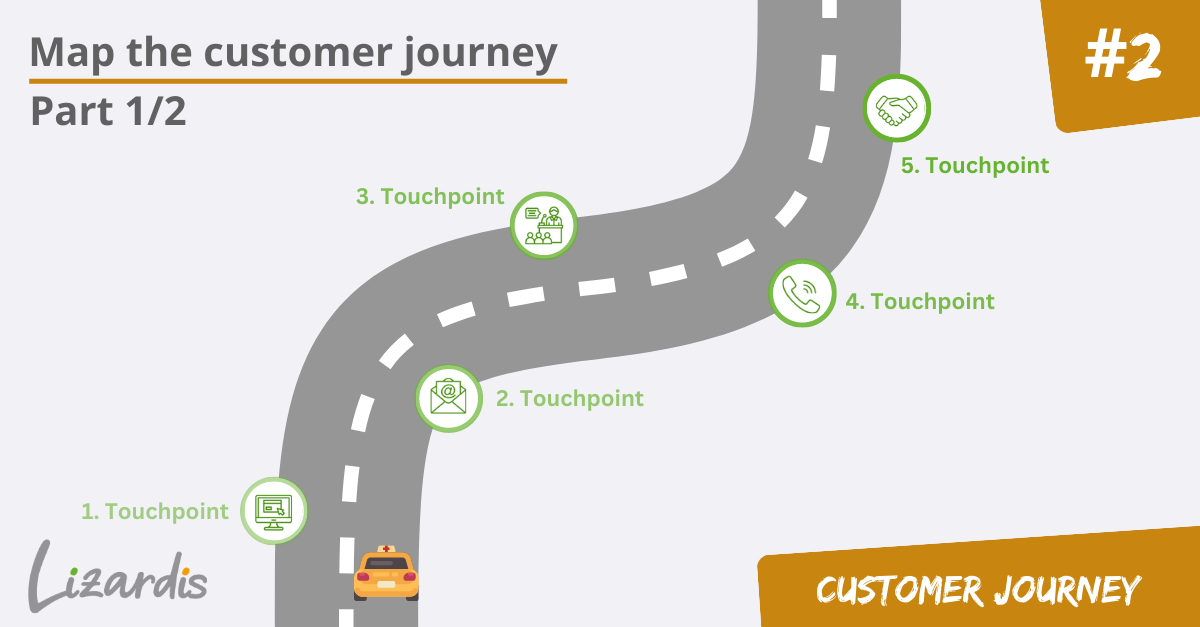Hannover, 26 March 2024
In the first article in this series, we looked at how omnichannel management differs from other sales approaches. In this second article, we now want to understand what impact this approach has on the sales organization.
How does omnichannel marketing affect the sales organisation?
As mentioned in the description of the omnichannel approach, successful implementation requires a consistent approach to transforming the entire organization. Such a project can only succeed if old ways of thinking are discarded. An unchanged division into sales, marketing and medical, with divisional strategies and objectives, will only perpetuate traditional silo thinking. The best outcome here would only be to lead to superficial corrections in customer service, but not to the desired customer centricity.
Even if the goal is clear, getting there is not easy.
In particular, the original separation between commercial and medical was not without reason. It was driven by compliance, code and regulatory requirements. For example, questions from the medical profession about off-label use of active ingredients and medicines are not part of the sales activities for good reason. These are assigned to medical teams such as MSL. Bringing sales, marketing and medical together is no easy task when it comes to ensuring regulatory compliance.
Solutions to this challenge are of high interest and the first pilot projects by individual life science companies in Europe are already showing that it can be done.
The core element is often breaking up of traditional structures and a formation of new cross-functional teams consisting of sales, marketing and medical. These teams are then tasked with providing intensive support to a specific group of customers and organizing themselves within the team. This step is important to achieve the defined goals without perpetuating the old structures in a small circle. In return, these teams are given the appropriate content, budget and other support from the company.
How are targeted customers changing in the context of omnichannel marketing?
Inevitably a strategy with customer centricity at its core requires a different customer definition and segmentation than previous approaches. Traditional segmentation based on the customer’s specialty, prescription potential, sales history, and pharmaceutical market development misses the customer’s needs.
However, the HCPs, who are the focus of the life sciences company, expect an individual customer approach tailored to their personal needs.
Even if it is not possible for any life sciences company to treat every single customer individually, modern segmentation must take customer expectations into account and focus more strongly on customer desires. Otherwise, life sciences companies will risk loosing important customers, but also that they will not feel loyal to the company from the outset.
However, this does not mean that the classic parameters used for segmentation have become unnecessary . Rather, it is a matter of supplementing these classic attributes with customer-related characteristics, i.e. creating a balancing act between the two perspectives, which inevitably leads to micro-segmentation of customers.
Currently it seems impossible to treat each customer individually. This results into grouping customers together. However, companies in the life sciences industry are advised to proceed with caution here, otherwise they risk throwing new insights overboard by simplifying them.
One approach is to refine the existing personas by adding additional factors. For example, the preferences of doctors, their interests in content and educational offerings, channel preferences, desired frequency of contact, contact intervals, and the fulfillment of all these wishes must become part of the customer journey of the respective person a. This can only be achieved as a team and requires as much as of the company’s existing perspectives on the customer from sales, marketing, and medical. As a conclusion , there should be no restrictions when revising the customer journeys to allow for creativity.
How can you show customers that they are important?
On the way to a customer-centric approach, the communication of personalized (core) messages is of crucial importance. The now well-known motto “content is king” applies here. This means that the right customer should receive the right content at the right time via the right channel. The content should not only be attractively designed, but also technically convincing, clearly structured and easy to understand.
However, what is sometimes neglected alongside very good content is the consistency of the content across all channels within the omnichannel strategy. This means that the content of all channels should not only be coordinated, i.e. enable a seamless transition between the channels, but intended to be identical in terms of its meaningfulness – an answer to a customer’s question needs to be consistent, regardless of which channel it is asked via. A discrepancy in content between the channels must be avoided at all costs. Otherwise, it is easy to get the impression that the client’s sources are inconsistent or even contain incorrect or outdated information.
Based upon these viewpoints it becomes clear what a life sciences company needs to consider when adopting or implementing an omnichannel strategy. In the third part of our series, we will look at how to measure the success of omnichannel efforts.
What challenges have you faced in implementing omnichannel management?
Do your experiences match those described here?
You want more insights?
Check out our other blog articles about customer engagement!
Omnichannel-Management: From product centricity to customer centricity (1/3)
Omnichannel marketing enables the shift from product centricity to customer centricity. Learn more about how it differs from other concepts.
Mapping Life Sciences Customers in the Customer Journey (2/2)
The ideal-typical course of the Customer Journey with phases 1 to 5 not always realistic. Also consider alternative paths that your HPCs follow.
Mapping Life Sciences Customers in the Customer Journey (1/2)
Get to know your customers better by developing customer journey maps for different personas to improve customer engagement.
The Customer Journey in Life Sciences: Taking the customer on a journey – what does that mean?
Develop your contacts along the customer journey into sustainable customers. In our article, we tell you what to look out for in the life sciences environment.






